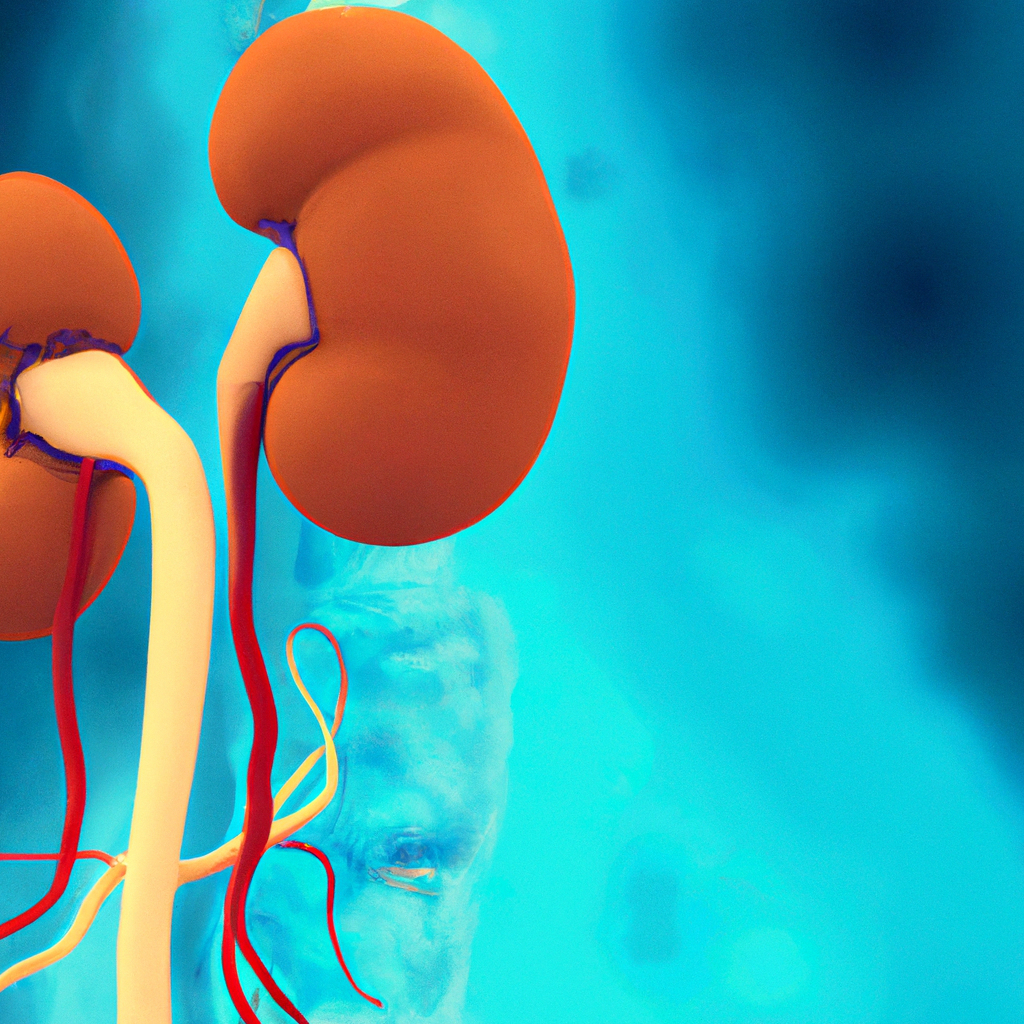-
Reading Roadmap
- Clinical Implications and Possible Side Effects of Mineralocorticoid Receptor Antagonists in Diabetic Kidney Disease
- Key Takeaways
- Introduction: The Role of MRAs in Diabetic Kidney Disease
- The Mechanism of MRAs
- Potential Benefits of MRAs
- Possible Side Effects of MRAs
- FAQ Section
- What are MRAs?
- How do MRAs work?
- What are the potential benefits of MRAs?
- What are the possible side effects of MRAs?
- Are MRAs a cure for DKD?
- Conclusion: The Future of MRAs in DKD Treatment
- Further Analysis
- Key Takeaways Revisited
Clinical Implications and Possible Side Effects of Mineralocorticoid Receptor Antagonists in Diabetic Kidney Disease

[youtubomatic_search]
Key Takeaways
- Mineralocorticoid receptor antagonists (MRAs) have shown promise in treating diabetic kidney disease (DKD).
- MRAs work by blocking the action of aldosterone, a hormone that can cause damage to the kidneys in patients with diabetes.
- While MRAs can be beneficial, they also have potential side effects, including hyperkalemia (high potassium levels).
- Close monitoring of patients on MRAs is necessary to manage potential side effects.
- Further research is needed to fully understand the long-term effects and optimal use of MRAs in DKD treatment.
Introduction: The Role of MRAs in Diabetic Kidney Disease
Diabetic kidney disease (DKD) is a serious complication of diabetes, affecting approximately 40% of individuals with diabetes. It is characterized by a gradual loss of kidney function, eventually leading to end-stage renal disease (ESRD). Current treatments for DKD are limited and often ineffective, leading to a high mortality rate among these patients. However, recent research has suggested that mineralocorticoid receptor antagonists (MRAs) may offer a new therapeutic approach.
The Mechanism of MRAs
MRAs work by blocking the action of aldosterone, a hormone that can cause damage to the kidneys in patients with diabetes. Aldosterone promotes inflammation and fibrosis in the kidneys, leading to a decline in kidney function. By blocking the action of aldosterone, MRAs can potentially slow the progression of DKD.
Potential Benefits of MRAs
Several clinical trials have shown promising results for the use of MRAs in DKD. For example, a study published in the New England Journal of Medicine found that patients with type 2 diabetes and kidney disease who were treated with the MRA finerenone had a lower risk of kidney failure and cardiovascular events compared to those who received a placebo.
Possible Side Effects of MRAs
While MRAs can be beneficial, they also have potential side effects. The most common side effect is hyperkalemia, or high potassium levels, which can be dangerous if not managed properly. Other potential side effects include gynecomastia (breast enlargement in men) and menstrual irregularities in women. Therefore, close monitoring of patients on MRAs is necessary.
FAQ Section
What are MRAs?
MRAs are medications that block the action of aldosterone, a hormone that can cause damage to the kidneys in patients with diabetes.
How do MRAs work?
MRAs work by blocking the action of aldosterone, which promotes inflammation and fibrosis in the kidneys. This can potentially slow the progression of DKD.
What are the potential benefits of MRAs?
MRAs have shown promise in reducing the risk of kidney failure and cardiovascular events in patients with DKD.
What are the possible side effects of MRAs?
The most common side effect is hyperkalemia, or high potassium levels. Other potential side effects include gynecomastia and menstrual irregularities.
Are MRAs a cure for DKD?
No, MRAs are not a cure for DKD. However, they may help slow the progression of the disease and reduce the risk of complications.
Conclusion: The Future of MRAs in DKD Treatment
While MRAs have shown promise in treating DKD, further research is needed to fully understand their long-term effects and optimal use. The potential side effects of MRAs, particularly hyperkalemia, also require careful management. However, with continued research and careful clinical use, MRAs may offer a new therapeutic approach for this devastating disease.
[youtubomatic_search]
Further Analysis
In conclusion, the use of MRAs in the treatment of DKD presents both potential benefits and challenges. The ability of these drugs to slow the progression of DKD and reduce the risk of complications is promising. However, the potential side effects, particularly hyperkalemia, require careful management. As research continues, it is hoped that the optimal use of MRAs in DKD treatment will become clearer.
Key Takeaways Revisited
- MRAs have shown promise in treating DKD by blocking the action of aldosterone, a hormone that can cause kidney damage.
- Clinical trials have shown that MRAs can reduce the risk of kidney failure and cardiovascular events in patients with DKD.
- The most common side effect of MRAs is hyperkalemia, which requires careful management.
- Further research is needed to fully understand the long-term effects and optimal use of MRAs in DKD treatment.
- With continued research and careful clinical use, MRAs may offer a new therapeutic approach for DKD.

Leave a Reply